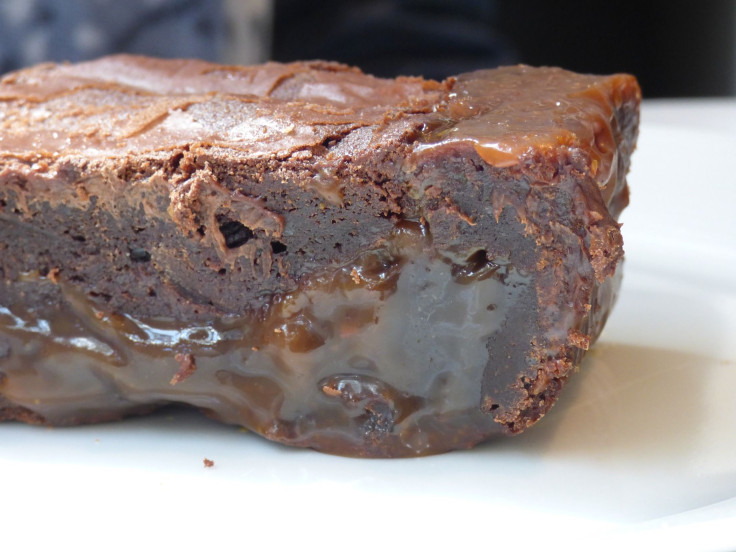New Technique More Accurately Measures THC Levels, Cannabinoids In Marijuana Edibles

Now that 20 states have either decriminalized or legalized marijuana, more and more edible cannabis options have been rolling in to keep up with demand. Marijuana can be infused in brownies, toffees, and many other food products, and consumer and public health officials have shown growing concern over inconsistent and inaccurate dosage information on products. A group of scientists now claims that they have developed a technique to precisely measure cannabis compounds — whether they’re in gummy bears, chocolates, or anything else. They say the new method could help ensure product safety in the ever-growing cannabis industry.
“Producers of cannabis edibles complain that if they send their product to three different labs for analysis, they get three different results,” explained Melissa Wilcox, of Grace Discovery Sciences, in a statement. “The point of our work is to create a solid method that will accurately and reliably measure the cannabis content in products.”
Recent research found that, where marijuana edibles are legal, their information labels are inconsistent and lacking at best, and misleading at worst. Only 17 percent of tested edibles actually had labels that accurately listed the amount of THC — the psychoactive substance responsible for the drug’s high. Another compound called cannabidiol popped up in detectable levels in more than half of the samples as well. While not psychoactive, it can be used as a painkiller and anti-inflammatory. It wasn’t even listed on most of the labels.
When eaten, marijuana can have more potent and longer-lasting effects than when smoked, according to Dr. Jahan Marcu, an advisor to the medical marijuana advocacy group Americans for Safe Access and the vice-chair of the American Chemical Society Cannabis Subdivision. Marcu added that it can also take longer for a person eating a marijuana-laced snack to feel effects.
“It’s a lot easier for an individual to control their dose when smoking,” Wilcox said. “The effects of edibles can take a while to happen. You eat them, and wait to see how you feel in an hour or two. If you ingested too much, you could be in for an unexpectedly bad experience.”
Currently, most marijuana edibles are analyzed with a high performance liquid chromatograph (HPLC). The sugar, starches, and fats in edibles cause measurement problems, however, and they can damage the equipment.
“These machines were never designed for you to inject a cookie into them,” Marcu said.
The team decided to take on this problem by placing cannabis-infused food samples into a mill with dry ice or liquid nitrogen. Then they added an abrasive, silica-based compound called diatomaceous earth and ground up the mixture until it was well-blended. Using a technique called flash chromatography, the researchers pulled out different chemical components. Finally they injected a liquid containing only the cannabinoids into HPLC for analysis, yielding much more accurate measurements of the component in the edible product.
Though the team said they’re still evaluating the technique, it appears to be successful at measuring the cannabis content in gummy bears, cookies, brownies, and some lotions. The next step, according to Marcu, is training technicians and installing equipment on a large scale.
Source: Marcu J, Wilcox M. Rapid front End Cleanup of Cannabis-Infused Edibles using Automated Flash Column Chromatography. American Chemical Society 251st National Meeting & Exposition. 2016.
Published by Medicaldaily.com



























